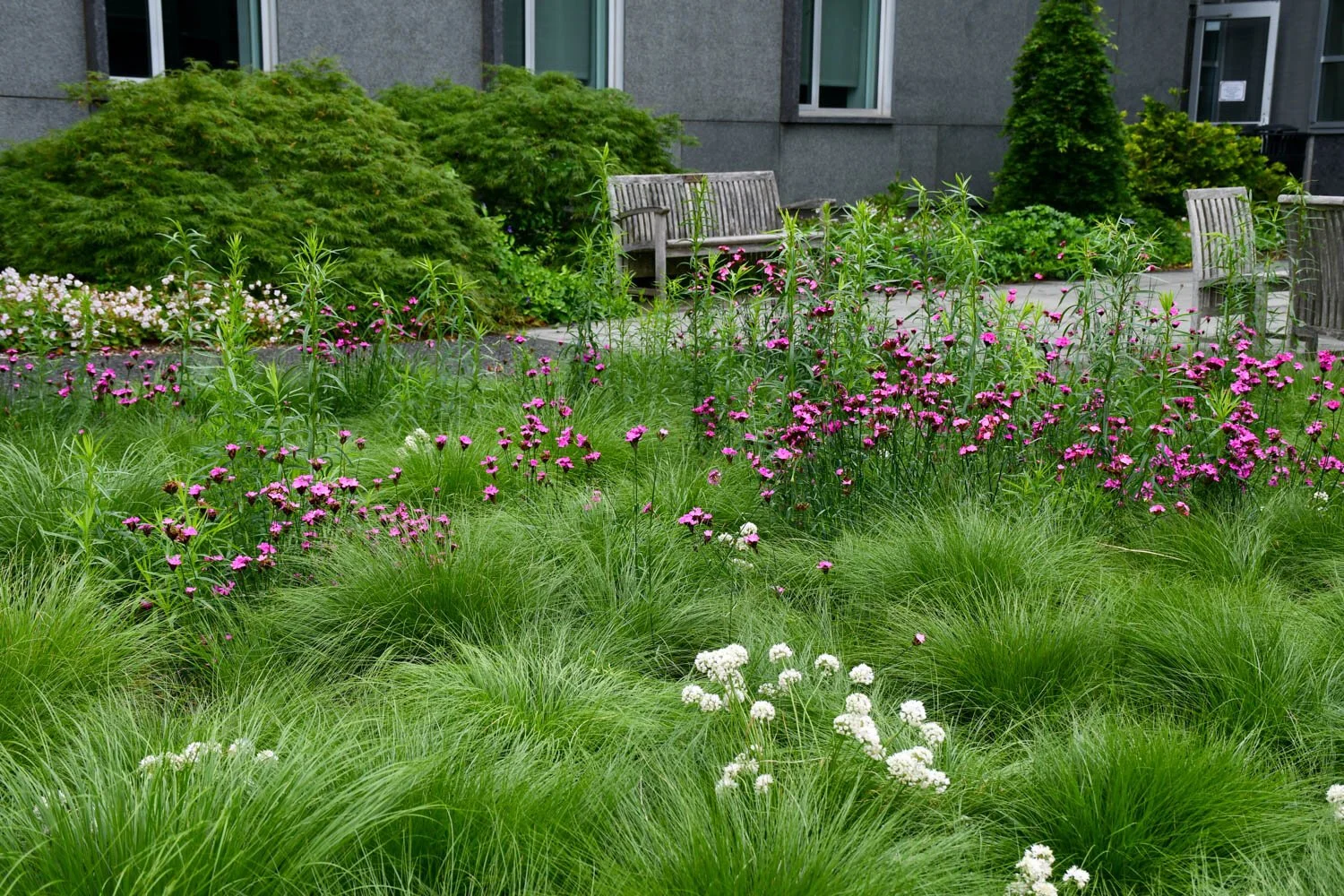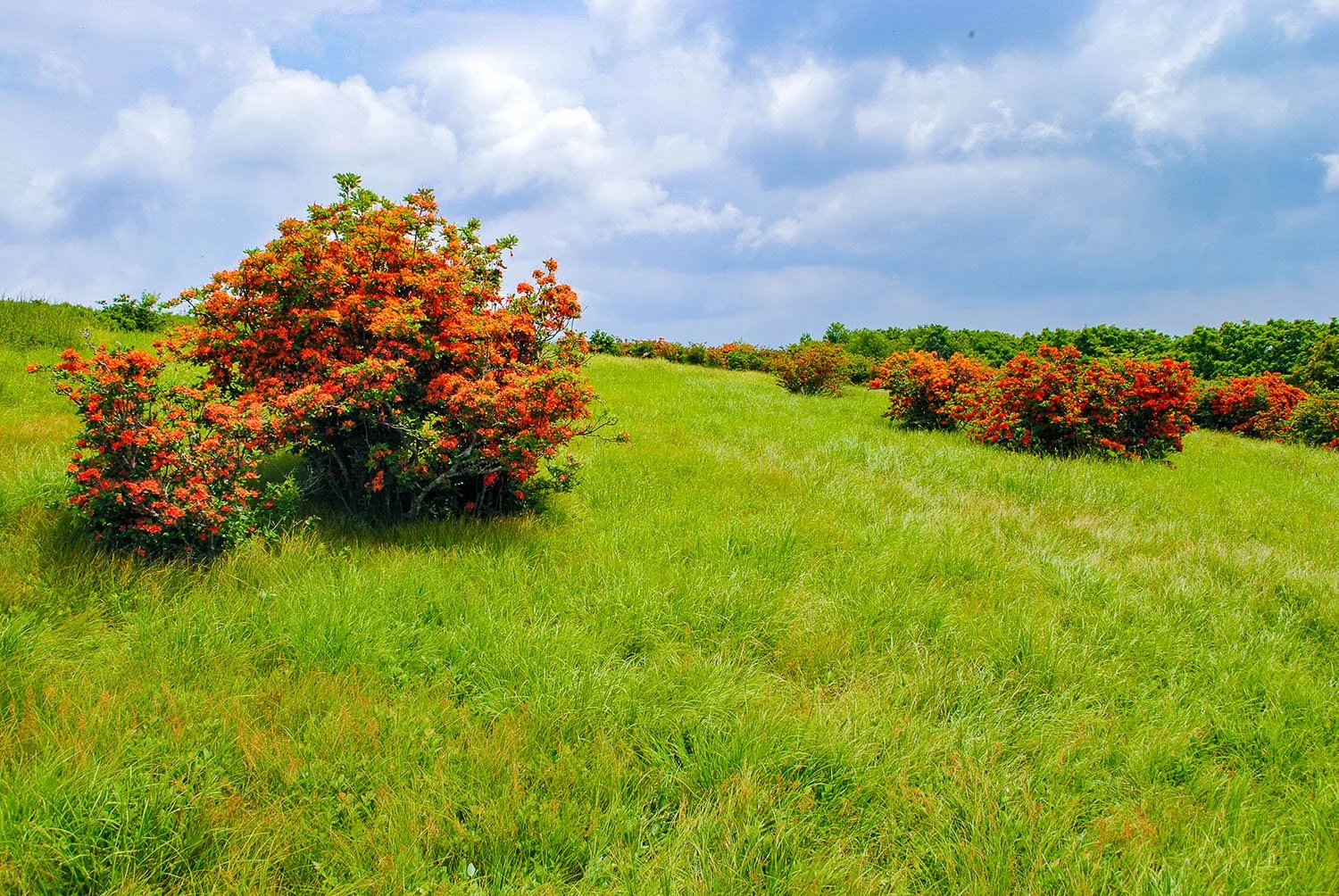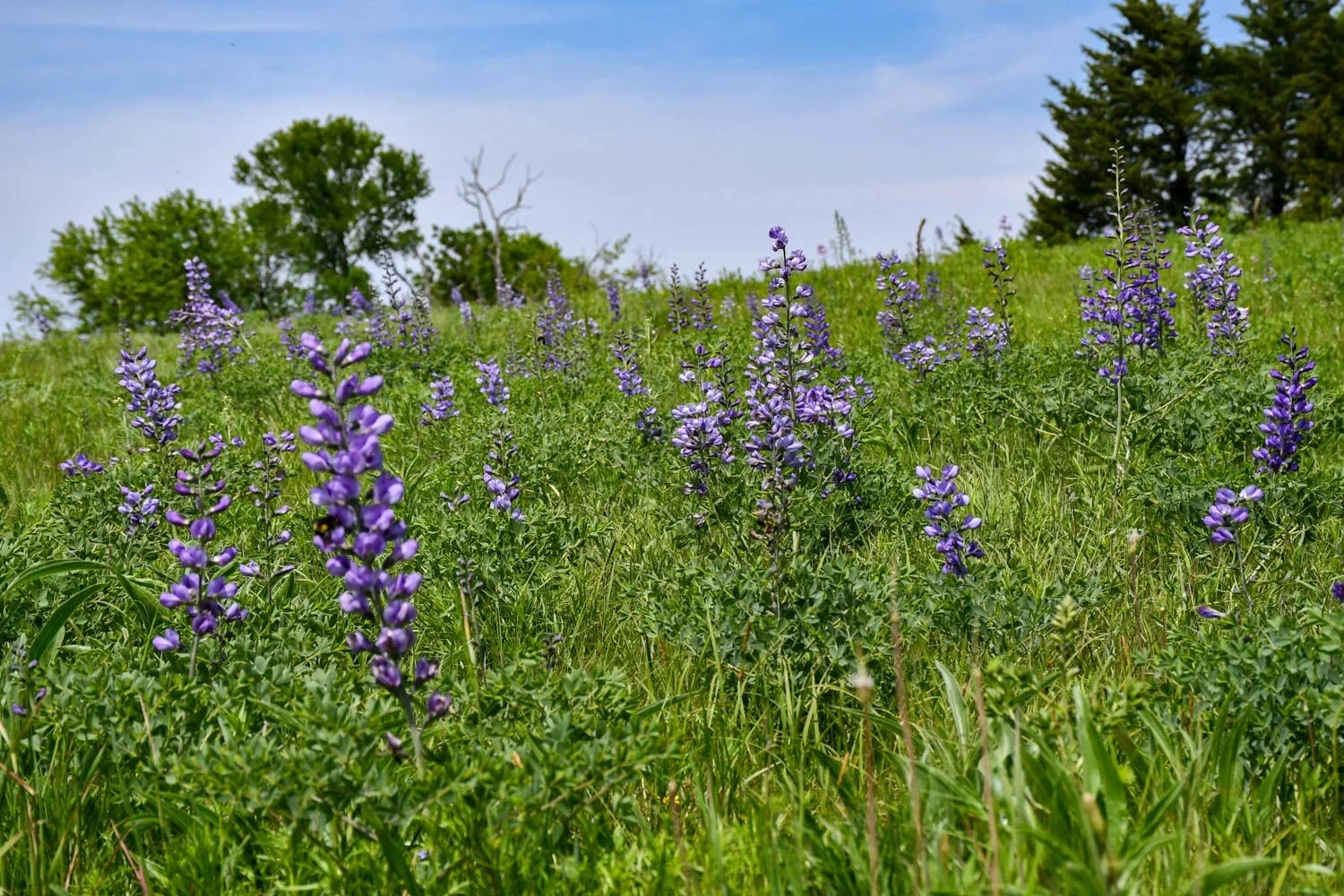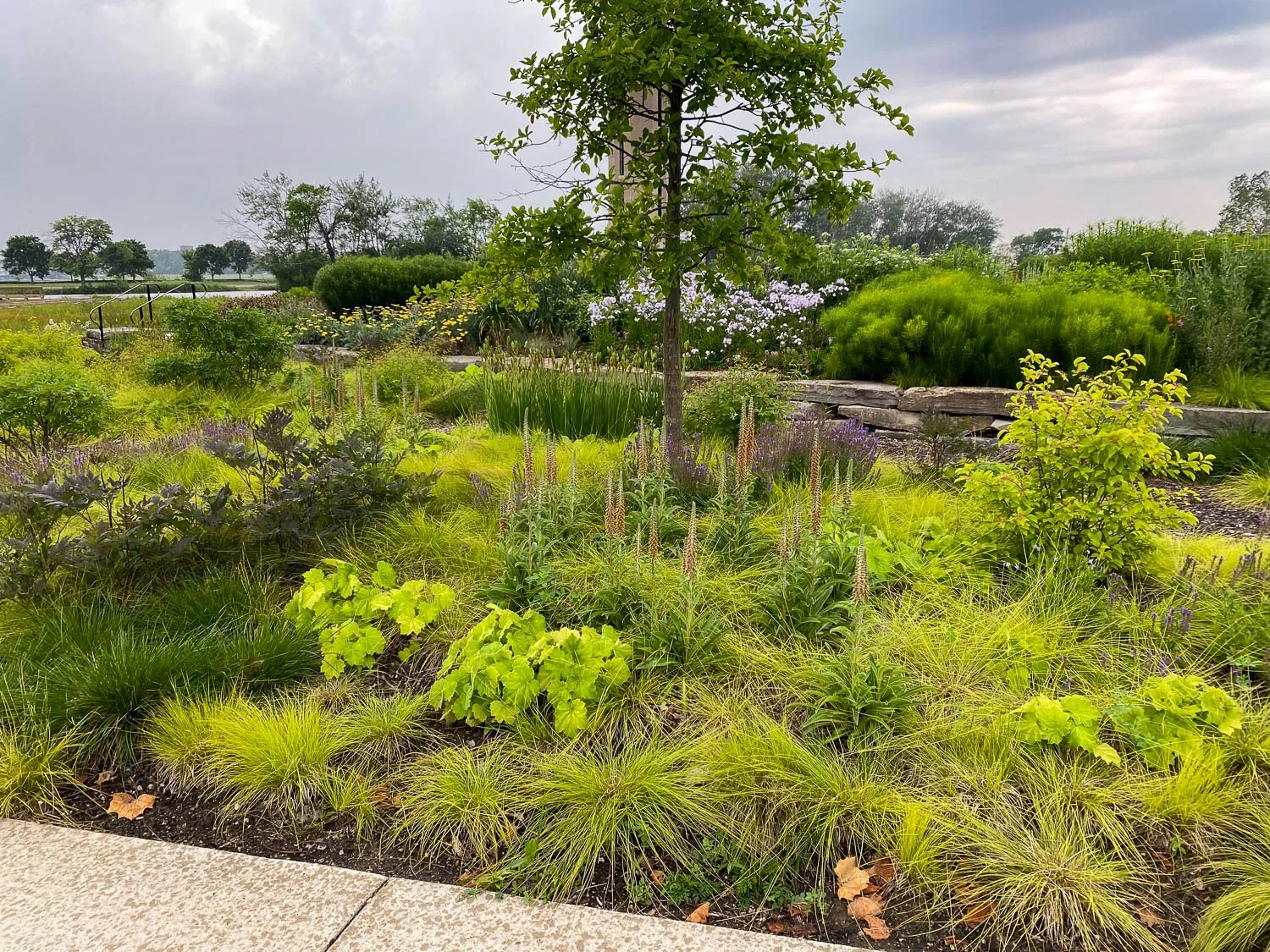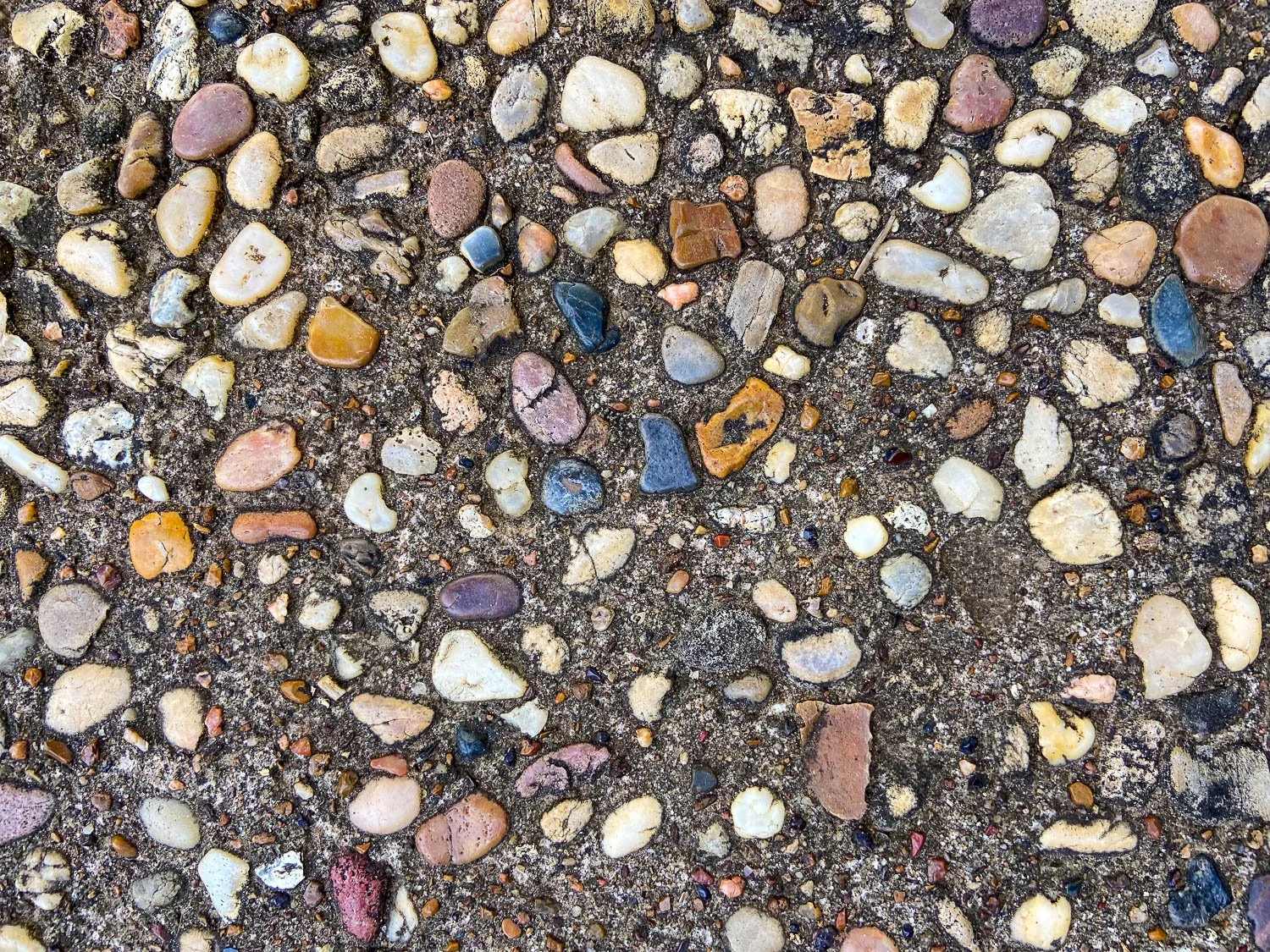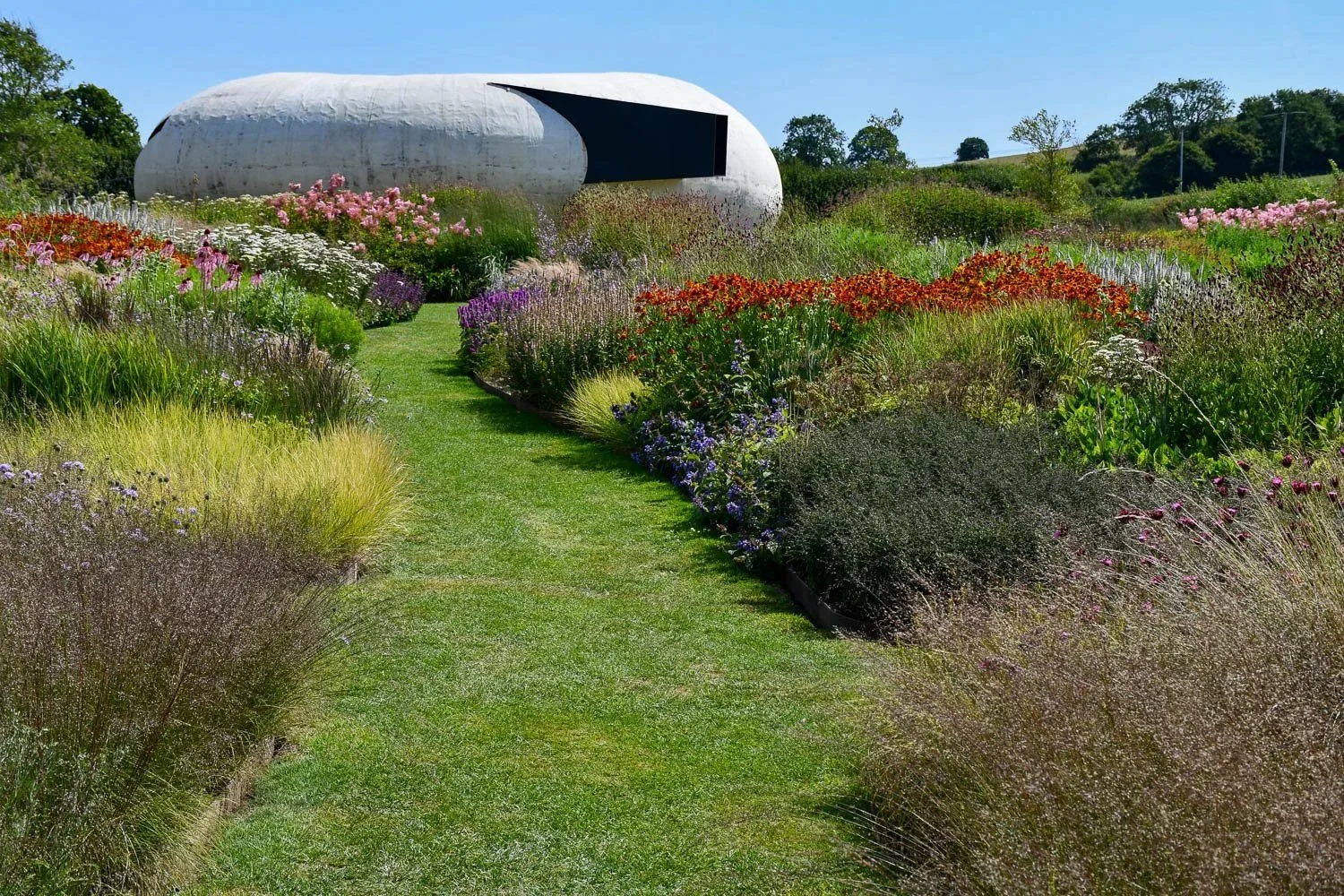Want to Learn More?
I’m hosting a live webinar on matrix planting Monday August 4 at 6 pm CDT. In Matrix Planting Made Easy, you’ll learn how to create a resilient, beautiful, and low-maintenance planting from the ground up. We’ll cover species selection, layering, site prep, design strategies, and more!
I’ve realized recently that matrix planting can be confusing for many gardeners, and that’s a problem.
This method of planting allows for a simple approach for people to plant ecologically, but if there’s confusion putting it into practice or even from the name, that can lead to a doom loop of failure, messy outcomes, and weedy chaos. Over the years, I’ve heard many comments from gardeners who want to plant using this approach but struggle to make matrix planting look intentional instead of neglected.
So, let’s break matrix planting down.
What Is Matrix Planting?
Matrix planting (header image) is a style of arranging plants where a low-growing species covers the ground from which other plants emerge. This style mimics what is seen in many plant communities where plants have evolved to grow at different levels to maximize resource capture. But, in horticulture we simplify those naturally occurring layers for legibility.
Rhododendron cumberlandense (Cumberland azalea) amongst a matrix of grasses on Gregory Bald.
And, for something more herbaceous Baptisia australis var. minor (dwarf wild blue indigo) emerges from a matrix of green grasses
When done well, matrix planting
suppresses weeds
reduces or eliminates mulch
creates relief for other plants to pop against
provides seasonal interest
and supports soil health and moisture retention.
The Sporobolus (prairie dropseed) meadow at Chanticleer is a thinking exercise in what is a matrix as its most defining layer with no other plants present.
At Stoneleigh, Eragrostis chloromelas ‘Wind Dancer’ (blue love grass) served as a matrix for emerging Baptisia (wild indigo), Echinacea pallida (pale coneflower), and Oenothera lindheimeri (white gaura).
At Oudolf Garden Detroit this matrix of Carex albicans (white-tinged sedge) provides a foil for other plants.
Carex texensis (Texas sedge) in the home garden serves as a good matrix species.
The Origins of Matrix Planting
I first learned of the concept of matrix planting from Planting: A New Perspective by Piet Oudolf and Noel Kingsbury. They shared that the matrix is a functional layer of usually one or a few plants and embedded in this ground cover layer are more showy plants. They gave the example that matrix planting is like a fruitcake. The matrix is the cake, and the showier plants are the fruit and nut pieces added in. They also commented on the confusion of the word and the practice, saying
“The concept of matrix planting is one which has been around for sometime, but like many terms and planting design. It has had the unfortunate history of being used by different people to mean different things — in part because of the misunderstanding over the meaning of the word. ‘Matrix’ is defined in the American Heritage Dictionary of the English Language as ‘a surrounding substance within which something else originates, develops, or is contained, and it is with this in mind that we will use the term.”
So, matrix plantings are a type of naturalistic planting because they try to mimic the essence of plant communities, BUT not all naturalistic planting designs are matrix plantings. Recently reading the introduction of Piet Oudolf At Work gave me an even deeper understanding on the origin of the name applied to this planting style. Cassian Schmidt shared in the early 2000’s how when this approach was new, they needed a name to describe planting high impact species that arose from a dominant ground cover layer. He wrote that inspiration came from geology. A rock like a conglomerate or porphyry—that is composed of multiple smaller different rocks—has a fine-grained, uniform material that surrounds and supports embedded rocks and is called the—you guessed it—matrix.
I realize this picture shows a sidewalk instead of a true conglomerate or porphyry, but you can see the idea of the matrix that holds and supports the pebbles. Notice how the matrix is pretty consistent in color and texture. You’ll never look at a pebbled sidewalk the same way again!
Just to clarify this section at Oudolf Field is not a matrix planting. The plants are arranged in clear blocks.
However, this section at Oudolf Field is a matrix planting. There are Echinacea, Dianthus, and more rising out of an undercurrent of Sporobolus heterolepis.
Other Tips for Matrix Success
Many naturalistic, native, or pollinator gardens are planted with the best of intentions. But, without a good ground cover layer, they can become messy and can result in failed projects after a few years. Just like the rock would fall apart if it weren’t for the matrix, the same is true for matrix plantings. They need the permanence of that ground cover layers as relying on too much mulch has to be replaced.
Here are a few tips to keep in mind.
Start Small. If this approach is new to you, start small. Install a matrix of short grasses or sedges along the front of a garden bed. Or, use them in an area where you usually use lots of mulch. Also, when you buy matrix plants, they may not be the showiest thing in the garden center. Sure, I love how Sporobolus heterolepis (prairie dropseed) or Carex texensis (Texas sedge) look in my garden, but that may be something you have to grow to appreciate over time.
Site Prep Is Everything. A good matrix can still fail if you don’t prep the site well. Try to reduce your weed load as much as possible prior to planting with shallow cultivation, smothering, or solarization.
Use Mulch Wisely. I advocate for using a thin layer of mulch in the first year especially with plugs. The goal is not to smother everything, but just to give your young plants a fighting chance while they knit together.
Choose Reliable Plants. Matrix planting usually relies on grasses or sedges. That’s because they are reliable ground covers that are long-lived, resilient, and tolerant of a wide range of conditions. Gardeners can also use other herbaceous plants, but in the southeast make sure they are species that persist, especially through heat, drought, and disturbance. Otherwise, you’ll have gaps. You may have to do what I did, and try a whole host of species for matrix plants in a trial spot to figure out what works for you.
Plugs vs Seed. I’m not a huge fan of broadcasting seed for the matrix for gardeners who are just learning this process. I’d rather you use small plugs to ensure better coverage and reduce surprises.
Install in Phases. Start small. Get a feel for what works well for you. I’ve heard Roy Diblik recommend installing the matrix first and then layering in your feature plants later once it is established.
Don’t Overdesign. Keep it simple. One of the biggest mistakes is trying to cram too many species into the ground cover layer. Let your matrix do its job and then build up from there.
